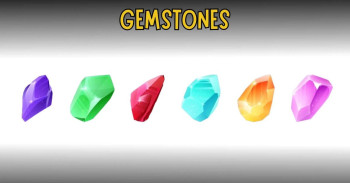




In today’s fast-paced digital era, technology has transformed th...

In astrology, each zodiac sign carries its own strengths, flaws, and p...

How to Learn Vastu Shastra for Free from the Internet Vastu Shastra i...

Astrology has long offered humanity a lens through which to contemplat...

Directional Examining and Energy Mapping in Vastu Shastra Vastu Shast...

Astrology can be an extraordinary and effective tool to understand you...

7 Vastu Lighting Tips to Invite Positive Energy Home Picture entering...

How to learn astrology for free from the internet and books? Astrolog...

How to Become an Astrologer at IIAG Jyotish Sansthan Have you...

Proposed Plan Of House Brahm-Sthan Brahm-Sthan...

Proposed Plan Of Shop Brahm-Sthan 81 Pad Vastu...

GEMSTONE BENEFITS Ever thought how a tiny sparkling gemstone ...

Entered the wrong number {{mobile}}? Click here to change your phone number.
Did not received Otp? Resend Otp Resend Otp in {{timer}} seconds
